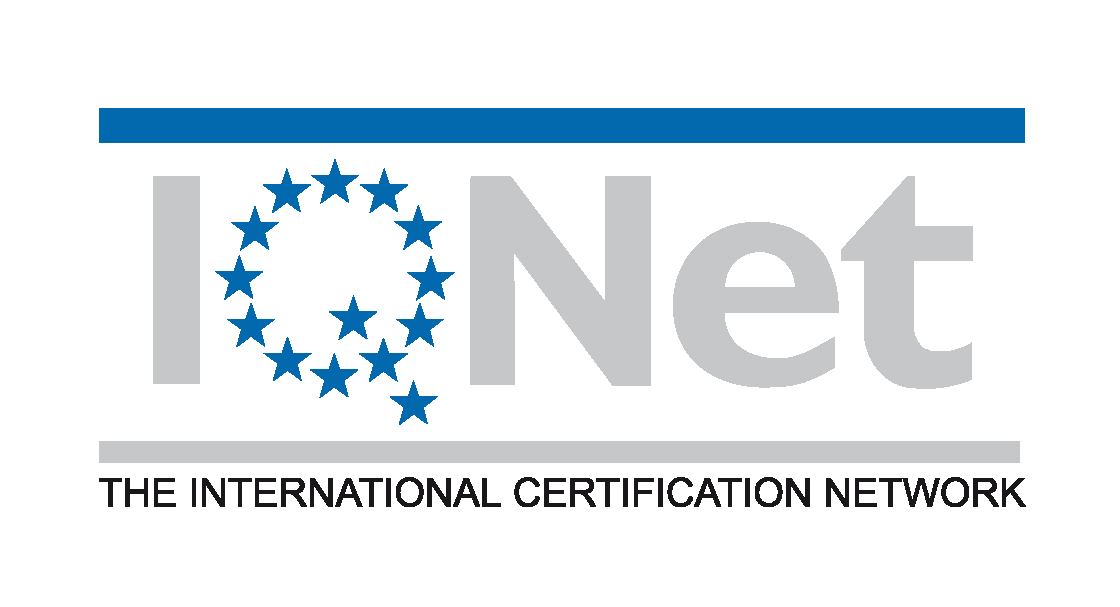Egg Freezing - today's approach to family planning
Modern procedures in medically assisted reproduction offer women the chance to safely freeze and store some of their oocytes as a means of preserving their fertility. There are various motives why women may want to consider fertility preservation. Egg freezing may help women in a variety of situations to preserve their fertility potential. Thanks to their cryopreserved oocytes, they have the possibility to postpone a wanted pregnancy to a later point in life.
1. "Who can benefit from egg freezing?"
2. Treatment procedure
3. Chances of a future pregnancy
4. Safety is the primary objective
1. "Who can benefit from egg freezing?"
Depending on the national legal situation, human oocyte cryopreservation may be used to preserve female fertility, for example, in the following situations:
- Women who are exposed to high levels of environmental pollution, which may compromise the quality of their oocytes. The increased risk of exposure can arise from: frequent long-haul flights, working with chemical substances, tar and paints, X-rays, working in places where smoking is still allowed etc.
- Following a surgical procedure involving the removal of parts of the ovary (ovarian cyst removal, removal of endometriosis scarring and lesions etc.)
- Given a family history (predisposition) of: premature menopause (premature ovarian failure = POF)
- Women about to undergo chemotherapy/radiotherapy as a part of cancer treatment. Such treatments may not only kill cancer cells but also egg cells.
2. Treatment procedure
Stimulation phase
Targeted hormonal treatment stimulates the growth of multiple follicles in the ovaries. Follicle growth is closely monitored by ultrasound in order to determine the optimum time for egg collection. (See "stimulation"). NOTE: In order to avoid any unplanned pregnancy, the patient is required to abstain from unprotected intercourse from the beginning of stimulation up to her next menstrual bleeding.Egg collection
Transvaginal ultrasound-guided follicular aspiration (follicular puncture) is used to retrieve the oocytes from the ovaries. This short intervention is mostly performed with the patient in a sleep-like state (sedoanalgesia).(Learn more)
Cryopreservation of the oocytes
Using aseptic vitrification, the oocytes obtained are frozen inside a closed carrier device at -196° C. Subsequently, the carrier can be safely stored in a tank filled with liquid nitrogen (Learn more)Thawing and fertilization
If, owing to the medical situation of the couple, fertility treatment should become necessary to conceive a pregnancy, the frozen eggs are subjected to thawing and subsequent insemination with the partner's sperm in the IVF laboratory (See "Artificial Insemination").3. Chances of a future pregnancy
The best time for fertility preservation is when the woman is between the ages of 20 and 30 years, since this is when a female's fertility peaks. The results of a study (presented at the ESHRE annual meeting, 2014) have shown that, on average, 17-20 cryopreserved oocytes result in the live birth of one child conceived through IVF.
Using the technique of aseptic vitrification, we are able to cryopreserve unfertilized oocytes within a closed carrier system without compromising the cells' development potential. The chances of achieving a pregnancy in the future are very good, provided the therapeutic method applied complies with the highest medical standards and is carried out by an experienced team using tried-and-tested advanced techniques.
4. Safety is the primary objective
Each treatment at our IVF centers is based not only on compliance with legal regulations but also on ethical and medical principles, with the main focus being placed on patient welfare and the health and safety of all parties involved. This is why, at the beginning of each fertility preservation treatment, there has to be a personal discussion with the doctor. Among other things, this includes well-founded information on the current legal situation, the chances of success, the costs, the treatment course and the potential risks as regards the envisaged therapy.
When the treatment has been completed and the oocytes have been successfully collected and frozen, they are kept in storage (for a limited period in accordance with the statutory provisions) at our premises under very strict safety precautions.
Note
In Austria, preventive freezing of egg cells requires a medical indication. The freezing of eggs without such a medical indication is prohibited in Austria. Such treatments are therefore not carried out in Austria.





